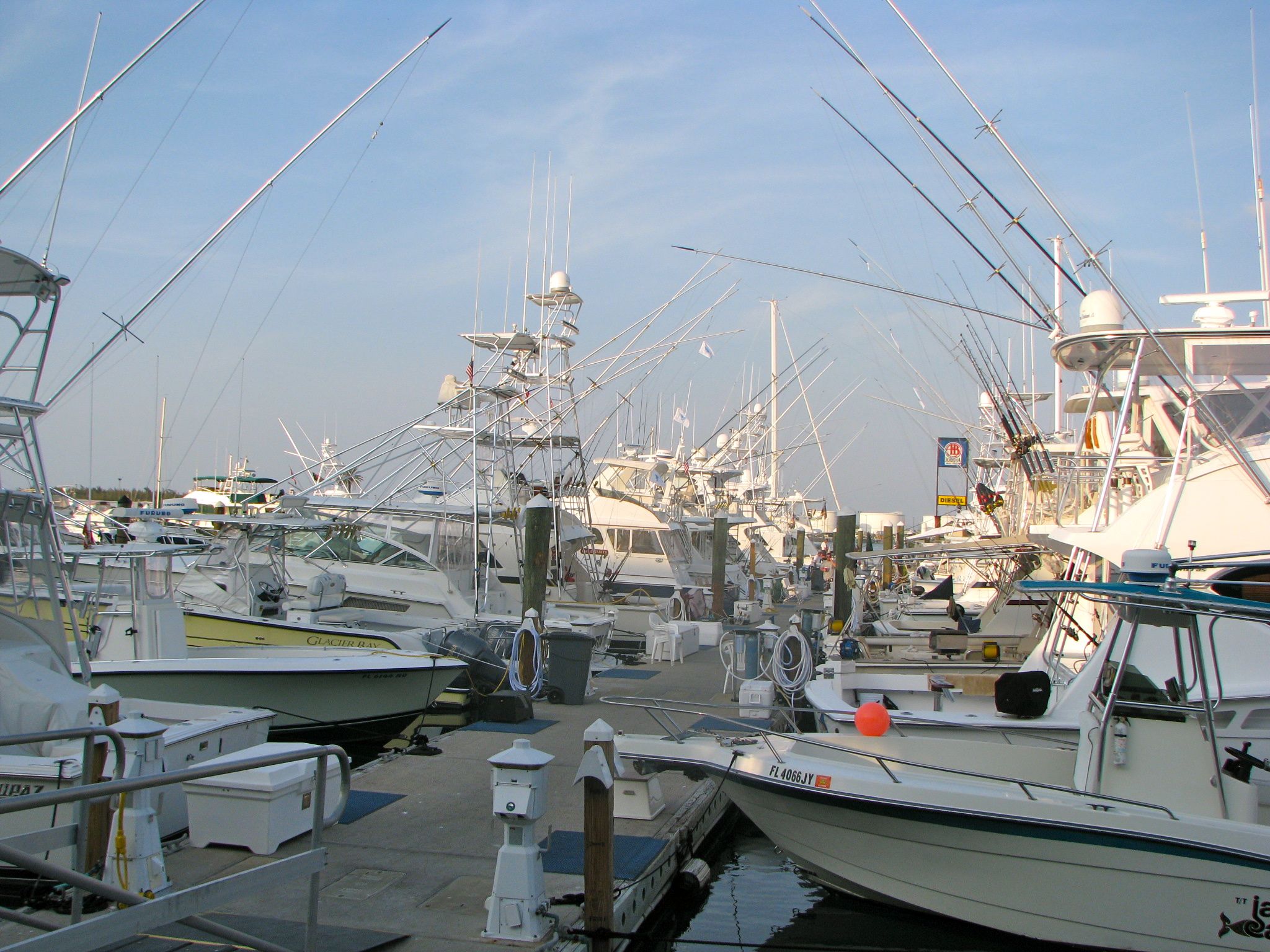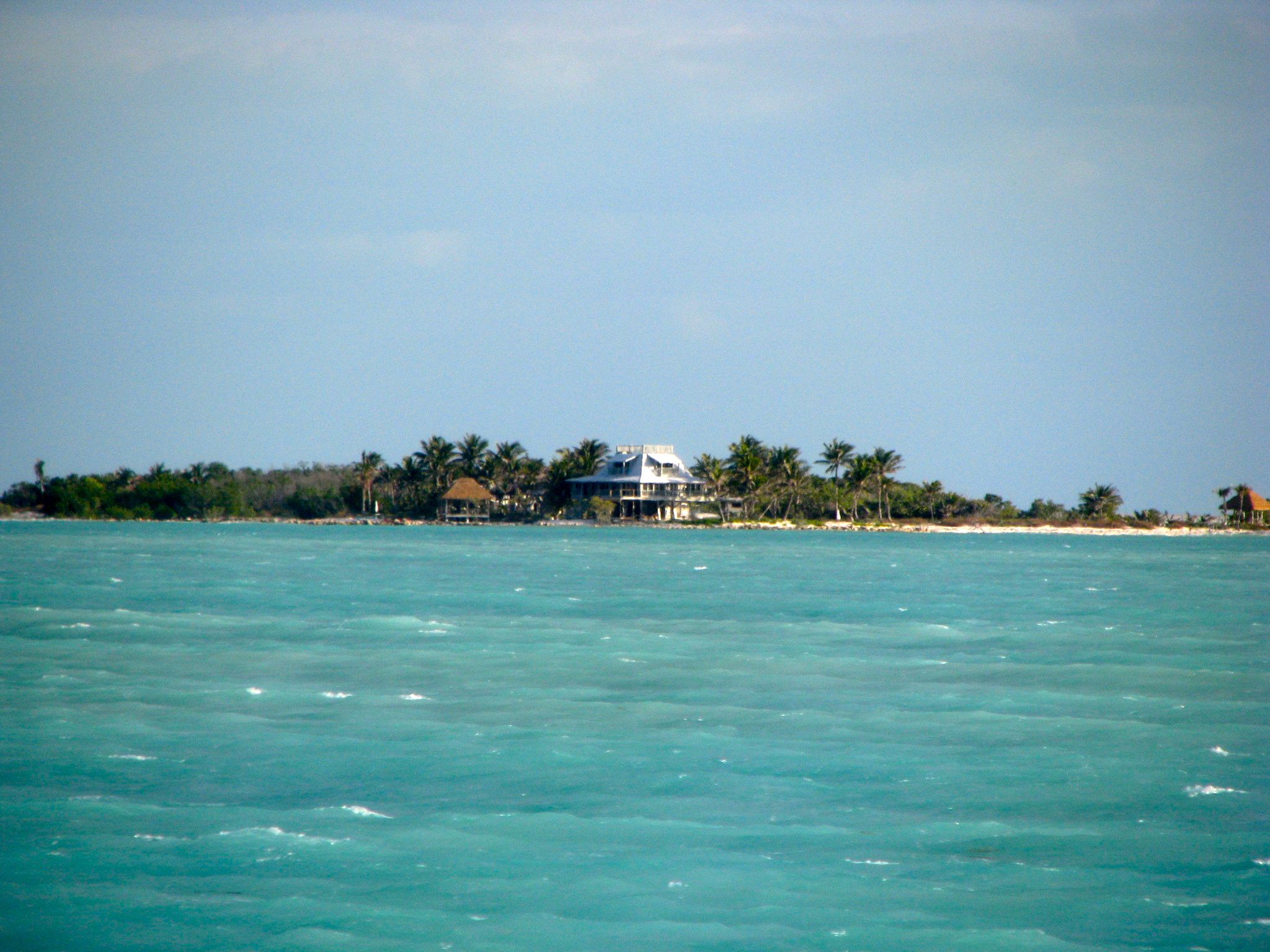Dry Tortugas National Park, Florida (April 2009)
I’d wanted to travel to the Dry Tortugas for as long as I can remember, from the first time I noted a blue dotted line protruding westward from Key West on a Florida map. This marked a ferry route to Dry Tortugas National Park (map), perhaps the most remote park in the lower 48 United States.
We booked spots on the Yankee Freedom for a midweek trip, one of two companies that has earned the right to send a single ferryboat to Garden Key each day. It is a rare privilege to be able to visit the Dry Tortugas, an opportunity available to less than two hundred people a day.
Getting Ready

With that in mind, we made sure to arrive at the dock with plenty of time to check in and queue up for the ship. This translated into waking up at oh-dark-thirty to walk through Key West’s historic district in the dark, while revelers from the previous evening looked forward to several more hours of sleep.
The previous day the captain had turned the ship around at the Marquesas Keys due to high waves whipped up by westerly winds, barely a third of the way into the voyage. We felt fortunate. Our trip would go. We still had a breeze that morning but it slackened considerably and the captain predicted a sea as smooth as glass by afternoon.
Nonetheless the crew expected a tumultuous outward trip; not as bad as the previous day but not exactly relaxing either. They offered complimentary Dramamine to all voyagers and we accepted their gift. I’d rather not feel seasick, thank you. This may have been the wisest decision of the day.
A special note to all prospective visitors — if the crew offers free Dramamine, they are not kidding. It would be within your best interests to accept their generous offer graciously. There’s a reason why this is called the Yack Yacht.
Ballast Key

Key West slept as the ferryboat pulled away from the dock on its daily trip. Fortunately the Yankee Freedom provided a continental breakfast buffet aboard their catamaran prior to departure. We got our morning coffee and some bagels, and propped ourselves at a table with a forward-facing view.
The cabin holds about 100 passengers comfortably. Seats fill-up quickly and you’ll have plenty of time to get to know your tablemates. It takes about 2-1/2 hour to sail the seventy miles from Key West to the Dry Tortugas. It is truly the middle of nowhere.
This island is known as Ballast Key or Wolkow’s Key after the person who owns the fabulous home pictured here. This is the southernmost point in Florida. Don’t be fooled by the buoy in Key West proclaiming the same thing. That’s a cheap tourist trick and it’s wrong.
The ferryboat swings past the edge of the Mule Keys and past the true southernmost point on a trip that will then take it past the Marquesas Keys. After that it’s just a whole bunch of empty water stretching across the entire horizon on all sides until the Dry Tortugas come slowly into view.
This would be a lovely passage on a perfect day. It’s a different story on a day with eight foot waves cutting across the Straits of Florida. The boat lurched from crest to trough and back up to crest, vaulting high and smashing low. The captain decreased the throttle on some of the larger waves to try and smooth things out.
Fully a third of the passengers succumbed to seasickness while the crew tried desperately to keep up with the mess. I found it better to actually leave the cabin and take my chances with the Gulf spray kicked-up by the ship. Actually I rather enjoyed this; bright sun, warm salty spray, skimming along while holding the rail.
Keys and Birds

The most well-known key is probably Garden Key, the island where historic Fort Jefferson found its perch (see my Fort Jefferson Page). But these are the Dry Tortugas — plural — and in fact there are several other keys in the group: Loggerhead Key; Hospital Key; Long Key; Hospital Key; Middle Key and East Key. This photograph shows Middle Key in the foreground with East Key in the background. These sandy outcrops barely rise above the surface of the Gulf, and actually wash over during harsh conditions.
Notice the small white dots along the surface of Middle Key. It’s not some odd geographical feature. Those are birds. The Dry Tortugas are a hugely important resting and nesting spot for various seabirds during their annual migrations. We rode on the ferry with lots of bird watchers who were ecstatic that the captain was willing to slow down and let them get a good look while taking care to stay outside of the restricted zone.
I’d tell you what they were looking at but I don’t remember. However they seemed taken aback both by the variety and rarity of what they observed. Good for them. Some of the birders also had the most amazing photographic equipment I’ve seen. They put my little point-and-click camera to shame most deservedly.
We also got a great view of the Loggerhead Key lighthouse across the sound on our way around the western edge of Garden Key, on a path to the Fort Jefferson dock. You can see more about that on my Dry Tortugas Lighthouses page.
Arrival

Finally the ship arrived at the wharf on Garden Key where it would remain for several hours. The crew served lunch in the cabin and passengers were free to eat aboard ship, or at one of the picnic tables along the beach, or anywhere else for that matter. Otherwise we were free to wander about the historic fort, snorkel and swim in the shallow waters, or simply relax in the subtropical sun.
And the return trip that afternoon was indeed as smooth as glass.
Readers who have an interest in ferries might also want to check my Ferry Index page.

Leave a Reply